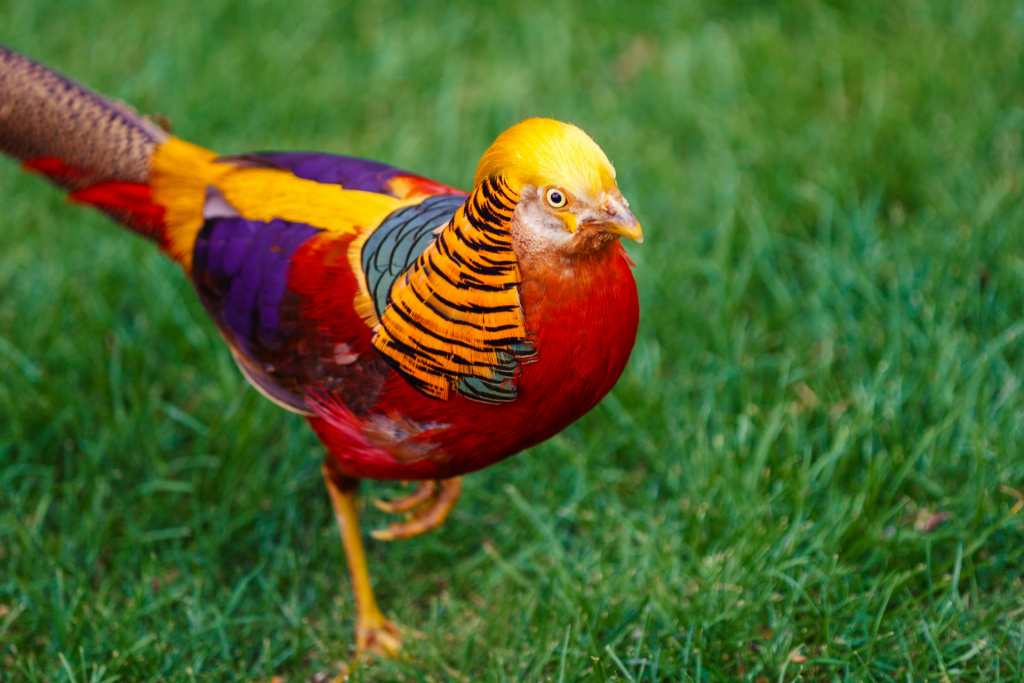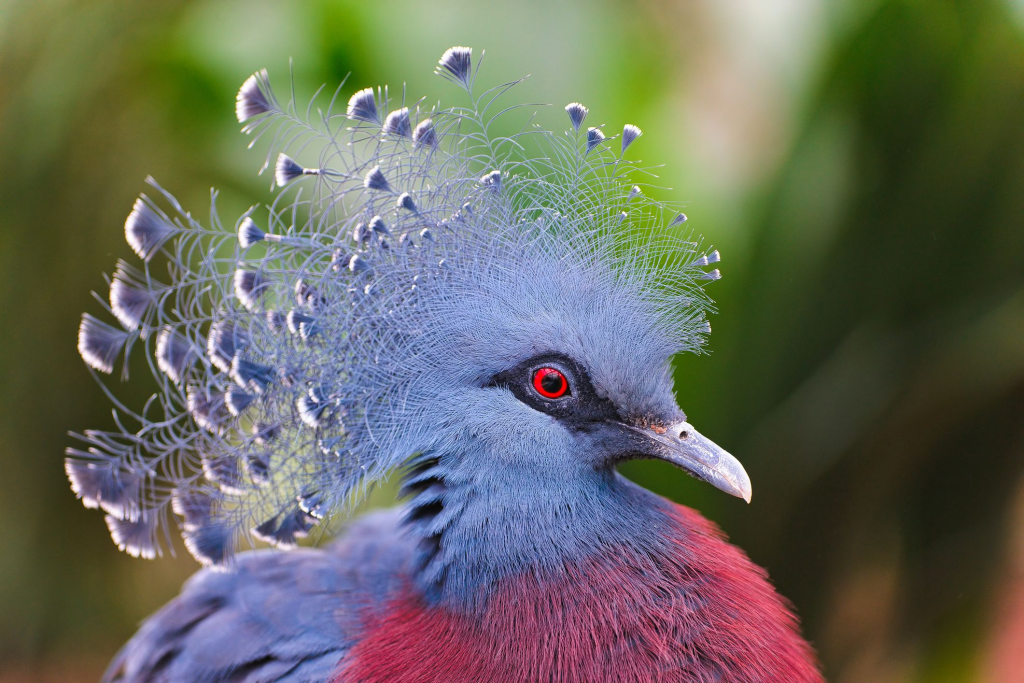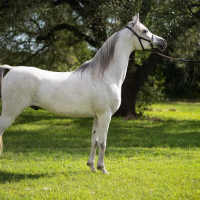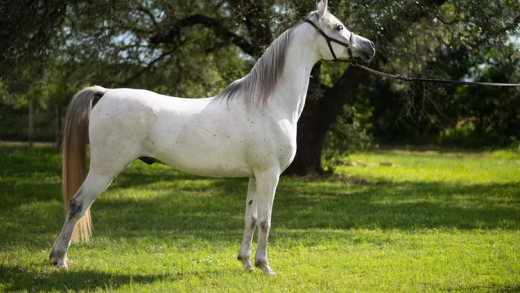Training an exotic pet (bird) may be a wonderful experience allowing you to develop a stronger bond with your feathery companion while also ensuring they have a stimulating and enriching existence. Birds particularly parrots are extremely intelligent and can acquire a wide range of tricks and behaviors with practice and positive reinforcement. Here are some thorough suggestions for successfully training your exotic bird.

Table of Contents
Understand Your Exotic Pet (Bird)
Before you begin training your exotic pet (bird) you must first learn its species-specific behaviors and demands. Different species exhibit varying levels of intelligence, social demands and natural behaviors. For example parrots are noted for their vocal powers and gregarious nature but finches and canaries are less engaged but can still learn certain habits.

Developing trust and bonding
The basis of successful training is a close link between you and your bird. Spend quality time with your bird away from training sessions. Talk to them, give them food and allow them become acclimated to your presence. This trust-building phase is critical because it establishes a positive relationship with you and prepares the groundwork for effective training.
Positive Reinforcement
Positive reinforcement is the most effective way to train birds. This entails rewarding your bird for doing the desired behavior. Treats, praise and more playtime are all possible rewards. The idea is to make sure the incentive motivates your bird.

Steps to Positive Reinforcement
- Identify the Reward: Discover what your bird enjoys. This could be a particular sort of food, a favorite toy or even head scratches.
- Consistency: Be consistent with your reward. When your bird exhibits the required behavior immediately deliver the incentive.
- Timing: The reward should be delivered promptly following the desired behavior in order to reinforce the link between the activity and the reward.
Basic Commands and Tricks
Begin with simple commands and move to more complicated tricks. Here are some basic commands to start with:
- Step Up: Teaching your exotic pet (bird) to step onto your finger or a perch on order is critical. Use a verbal command such as “Step up” while softly pressing your finger against their lower chest. Reward them once they have complied.
- Step Down: Similar to the step-up instruction “step down” teaches your exotic pet (bird) to walk away from your hand or a perch. Use the cue to encourage your bird to step onto another surface and reward them when they do.
- Target Training: Teach your exotic pet (bird) to touch a target such as a stick with its beak. Begin by holding the target near their beak and rewarding them when they touch it. Gradually increase the distance while leading them towards the destination.
- Recall Training: This involves teaching your bird to fly or come to you when called. Begin in a safe, contained environment. When they fly to you give them a verbal cue such as “Come” and provide them a treat. Gradually increase the distance as they gain confidence.
Dealing With Behavioral Issues
Birds like any pets can exhibit behavioral problems. Biting, screaming and feather plucking are all common problems. Address these challenges with patience and positive reinforcement rather than using punishment which can grow to dread and mistrust.

- Biting: Birds bite for many reasons, including fear, dominance and exploration. Determine the cause and address it. For example if your bird bites out of fear, focus on developing trust. If there is a dominance issue reinforce positive actions and assert yourself as the leader.
- Screaming: Excessive screaming may be an attention-seeking habit. Make sure your bird receives lots of mental and physical stimulation. When they scream don’t reinforce the behavior by reacting. Instead promote quiet behavior.
- Feather Plucking: This could indicate tension, boredom, or health difficulties. Make sure your bird has a stimulating habitat a healthy diet and frequent vet check-ups.
Environmental Enrichment
A stimulating environment is essential for your bird’s mental and physical health. Offer a range of toys perches and foraging options. To maintain interest, rotate toys on a regular basis. Interactive gadgets that test your bird’s problem solving abilities can be especially useful.
Socialization
Birds are gregarious creatures who require interaction. If you only have one bird make sure they have lots of social time with you. Consider supervised playtime with other birds if they are comfortable with it. Regular socialization helps to reduce loneliness and related behavioral disorders.

Patience & Persistence
Training a exotic pet requires time and patience. Be persistent and keep a pleasant attitude. Celebrate little victories and acknowledge that development may be delayed. Never force your exotic pet (bird) to execute a behavior as this might cause fear and regression.
Conclusion
Training an exotic bird involves understanding, patience and persistent effort. You may teach your bird a variety of commands and tricks by establishing trust utilizing positive reinforcement and creating a stimulating environment so improving their quality of life and deepening your bond. Remember that the goal is not only to train your bird but also to enhance its life and keep it happy and healthy. Enjoy the process and treasure the times you share with your feathered buddy.
People also read about: Hyrax : An Ancient Mammal with Modern Mysteries (2024)
















